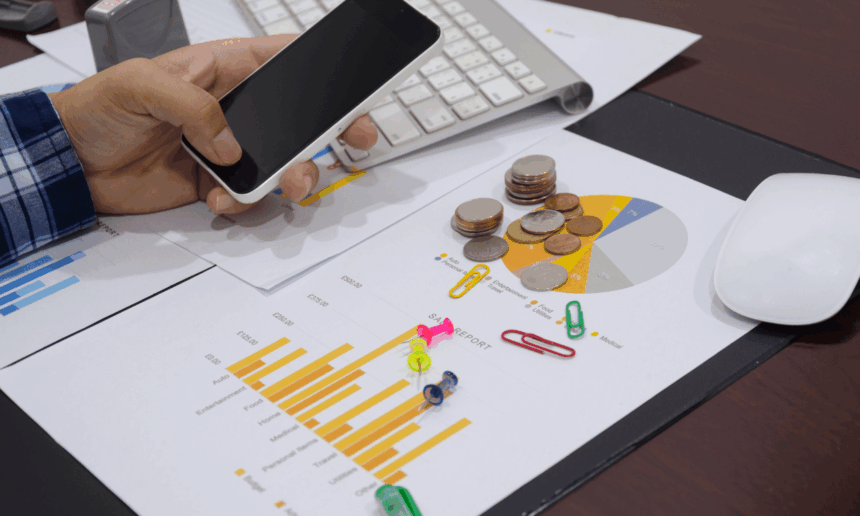Major corporations have been repurchasing their own shares, a strategy that has attracted attention from various market participants. The trend reflects a belief in firm fundamentals and suggests that management sees current share prices as undervalued. Additional discussions among experts have highlighted this approach as a sign of fiscal stability and potential for improved stock valuations.
Dividend Buybacks Spur Market Confidence
Reports indicate that companies with strong dividend histories, including FedEx, Marathon Petroleum, and PPG Industries, are utilizing substantial capital for share repurchases. This practice reduces the total number of shares in circulation, which could lead to an upward pressure on share prices. Market analysts have traditionally viewed these buybacks as a reflection of management’s confidence in future profitability.
Robust Financial Indicators Drive Share Repurchases
Data from financial studies have consistently shown that dividend-paying stocks tend to yield higher total returns. Companies with significant repurchase programs also report lower volatility and stronger performance metrics compared to firms that do not engage in such activities. Emerging findings underscore how capital renewal practices and steady dividend distributions contribute to overall market stability.
Several corporations have initiated large-scale repurchase programs. FedEx Corp. has launched a $5 billion buyback, equaling 7.6% of its outstanding shares, while Marathon Petroleum Corp. committed a similar $5 billion plan covering 7.8% of shares.
Marathon Petroleum stated, “Our repurchase effort aims to optimize our capital structure and deliver value to shareholders,”
reinforcing the message of long-term operational focus.
PPG Industries, known for its range of paints and coatings, completed a $2.5 billion buyback representing 8.1% of its shares. This financial maneuver complements its broad operational footprint across multiple regions and industries. The strategic use of capital in these repurchase programs comes as companies strive to balance dividend payouts with share value enhancement.
Articles from various online sources and past financial analyses have noted similar patterns in share buybacks and dividend policies. While details in earlier reports focused primarily on quarterly performance, recent discussions incorporate broader measures of market risk and return variability.
Buyback initiatives signal management’s positive outlook; yet, investors also consider dividend sustainability and external economic conditions. Integrated analyses on academic and industry platforms emphasize that these financial decisions should be viewed within a larger context of market dynamics and investor strategy, providing useful pointers for portfolio evaluations.










